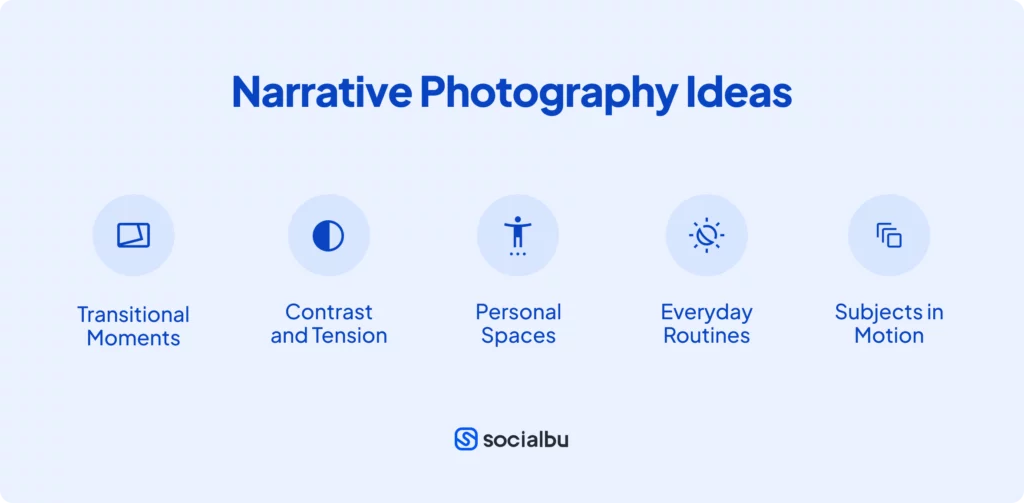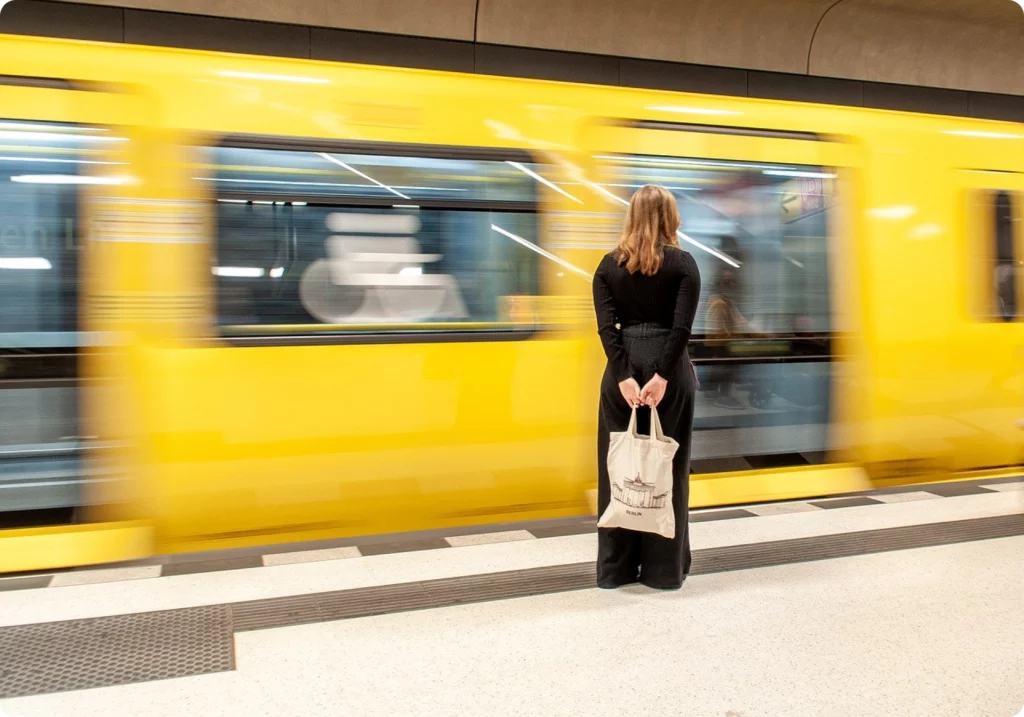Have you ever looked at a photo and felt it tell a story without a single word? That’s the art of photographic storytelling! However, real narrative photography is more than just clicking the shutter; it’s about giving every shot meaning, evoking emotions, and vividly describing stories.
Visual storytelling photography allows you to turn ordinary scenes into powerful narratives, making your photos unforgettable. It lets you connect with audiences on an emotional level that resonates beyond the surface.
In this blog, we will look into how storytelling can elevate your photography and why it’s a game-changer for anyone who loves to capture life through a lens. Keep reading to find out!
Narrative Photography Ideas
Every photo has a story to tell, but adding specific narrative elements is key to speaking to the viewer’s heart. Things like context, surroundings, and subtle props can bring out the emotions you want to capture, resulting in powerful and layered shots.

Storytelling photography helps create a connection between the image and its audience. Further, we have shared some creative ideas for relatable and impactful visual stories.
1. Transitional Moments
Life is full of transitions—whether it’s moving to a new city, starting a new journey, or experiencing personal growth. These moments are packed with emotions that most people can relate to, as everyone experiences a significant change at least once.

In photographic storytelling, capturing the moment like someone is about to board a train can mark a powerful new chapter in their story. Storytelling through photography means focusing on your model’s facial expressions and body language to evoke anticipation, uncertainty, and excitement.
Don’t worry about staging too much; this type of photo embraces perfect imperfections and genuine vulnerability.
2. Contrast and Tension
Experiment with contrasting subjects, settings, or emotions. Placing two opposing elements in the same frame can create tension and depth, which is powerful in storytelling photography. Imagine photographing an older person in a rapidly developing urban setting.

The contrast between them and the modern landscape highlights the importance of storytelling, capturing themes of fleeting time, change, and bittersweet nostalgia. Boosting emotional contrasts with visual contrasts during post-processing can be helpful.
Traditionally, this means balancing the darkest and lightest areas in the picture. However, most modern photo editors for Mac offer more than basic contrast sliders. Try selective toning and color grading—apply a sepia filter or desaturation to the elderly subject while boosting the colors of a neon-lit city.
This technique shows overlapping eras, making the person “from the past” seem out of place in today’s busy modern world.
3. Personal Spaces
Photographing someone in their personal space—such as their home, studio, or favorite spot—gives insight into their character and life story.
A cluttered desk with scattered books and papers might suggest creativity and chaos, while a minimalist room with a single chair can evoke solitude or contemplation.

To achieve the desired effect in narrative or social media photography, ensure your model’s expressions align with the surroundings. A thoughtful, reflective subject placed in a quiet, shadowy room might evoke feelings of introspection, while someone smiling brightly in a sunlit park can suggest joy and freedom.
In photographic storytelling, consider using props that are meaningful to the subject or reinforce the intended emotion, adding an extra layer of context. Whether it’s a cherished object, a specific location, or how light interacts with the environment, these elements can reshape the picture’s impact.
4. Everyday Routines
Everyday routines, like making coffee in the morning, walking a dog, or tending to a garden, can convey a sense of comfort, peace, or even monotony. Turning this mundane into a story emphasizes the significance of moments most people don’t usually value enough.

A documentary-style approach works best for this kind of narrative photography. Let your model go through their routine naturally, focusing on genuine, candid shots.
Try shooting from different angles to capture the details—the hands stirring a cup of coffee or the quiet focus of someone reading a book before bed add relevance and appeal to the story. Avoid overly bright lighting; instead, choose ambient light to preserve authenticity.

If you are not a pro, you can check out this guide on editing photos for social media to provide rich, resonant experiences to your audience.
5. Subjects in Motion
Whether someone is running through a field, dancing in the rain, or simply walking away from the camera, movements can add dynamism to otherwise plain pictures. From an emotional perspective, motions can signify change and progress.
A blurred subject in motion can evoke urgency, excitement, or escape, while a still background highlights the flow of time. These images become more lively and fluid.
In visual storytelling photography, use a slower shutter speed for action shots to intentionally blur the motion, giving your image a sense of speed. Conversely, a fast shutter speed freezes the action in sharp clarity, capturing energy and vibrancy.
Experiment with panning techniques to follow your subject’s movement, keeping them in focus while blurring the background. This approach showcases tension and excitement, keeping the viewer’s attention on the subject’s journey.
In A Nutshell!
In narrative photography, every photo can capture emotions and connect with others. Even if you’re shooting a quiet moment or a burst of action, it’s all about finding the story behind the shot.
So, the next time you’re out with your camera, think about the emotions, the moment, and the message you want to share. Don’t just take a picture—tell a story!

And when you’re ready to share your creations with the world, use SocialBu to schedule and post your photos across social media with ease, so your storytelling can reach more people!







